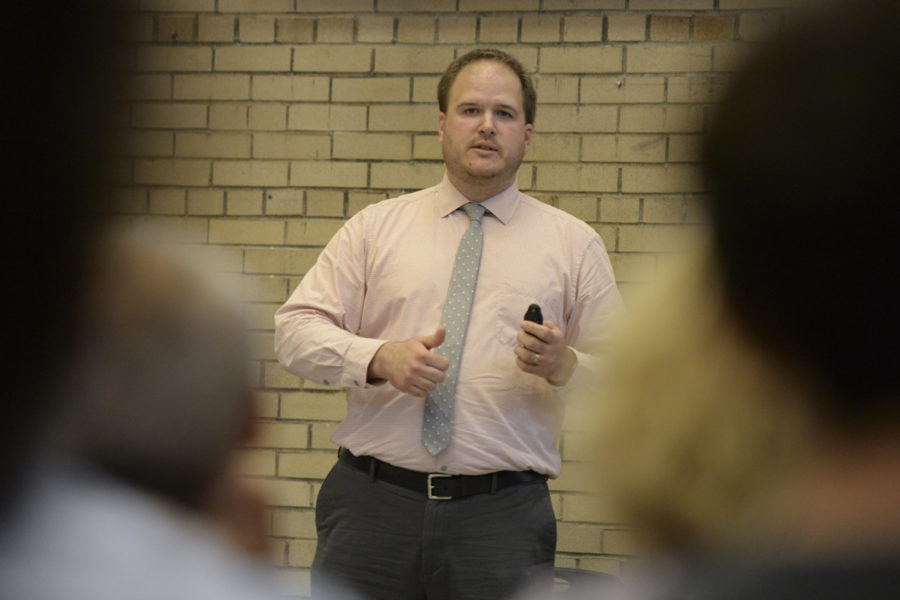The Port Authority has promised people that live on the lines of the proposed Bus Rapid Transit project faster commutes, new electric buses and safe bike lanes. But the proposal isn’t perfect, and the people that might be negatively impacted by the project are being ignored.
Some 3,000 riders are still unsure if this infrastructure project will increase their cost of transportation or if their buses will come less frequently. And the Port Authority doesn’t seem interested in telling them what’s going on.
Under the current proposal — which will connect Oakland and Downtown with possible branches to Squirrel Hill and Highland Park — riders on the 61 and 71 lines that currently travel inbound through Oakland will have to disembark from their buses and transfer onto a rapid transit bus. This inconvenience of a transfer isn’t a huge deal, and is less of a concern with the faster remaining part of their trip to Downtown.
However, there is no clear answer as to whether these riders will have to pay a transfer fee — currently $1 with a Connect Card — that they previously avoided. This is a potentially major cost for someone who commutes two ways every day, especially considering many of the neighborhoods affected by the added transfer — like Braddock and Duquesne— are low-income neighborhoods.
Molly Nichols of local advocacy group Pittsburghers for Public Transit is concerned about the frequency of ride service to these towns. The BRT will likely make local service less frequent, she said, adding that the outreach to these communities discussing this possibility has been lacking.
Nichols said her organization also strongly believes there shouldn’t be a transfer fee for these riders. We agree, and it seems like Mayor Bill Peduto does too.
“You don’t want to make it overly burdensome or overly costly to deny anybody better accessibility,” he told The Pitt News in May. “You want to be able to do so but still keep it within cost constraints — especially for lower-income people.”
As of now, Port Authority won’t provide any information about the possibility of an additional transfer fee.
“We have not yet had that discussion,” Port Authority spokesperson Adam Brandolph said. “There is no update on fare policy for BRT.”
The authority is currently holding meetings to discuss street layout and bus locations — the last before seeking federal funding. Brandolph said they do plan on “discuss[ing] BRT fare policy with stakeholder and community groups” but didn’t give a timeframe.
Talking with the people of Braddock, Duquesne and Regent Square — people who might not benefit from the BRT like us in Oakland but will be affected by it — should be at the forefront of the authority’s public outreach, not an afterthought.
An additional transfer fee clearly shouldn’t be imposed upon some neighborhoods, while others reap the rewards. But the city still has time to make this right.
Above all, they should be transparent about the potential negative effects of the proposal and not shy away from hearing input from those outside the project’s route. They’re just as much stakeholders in our city’s public transportation future as residents of Oakland and Downtown.



